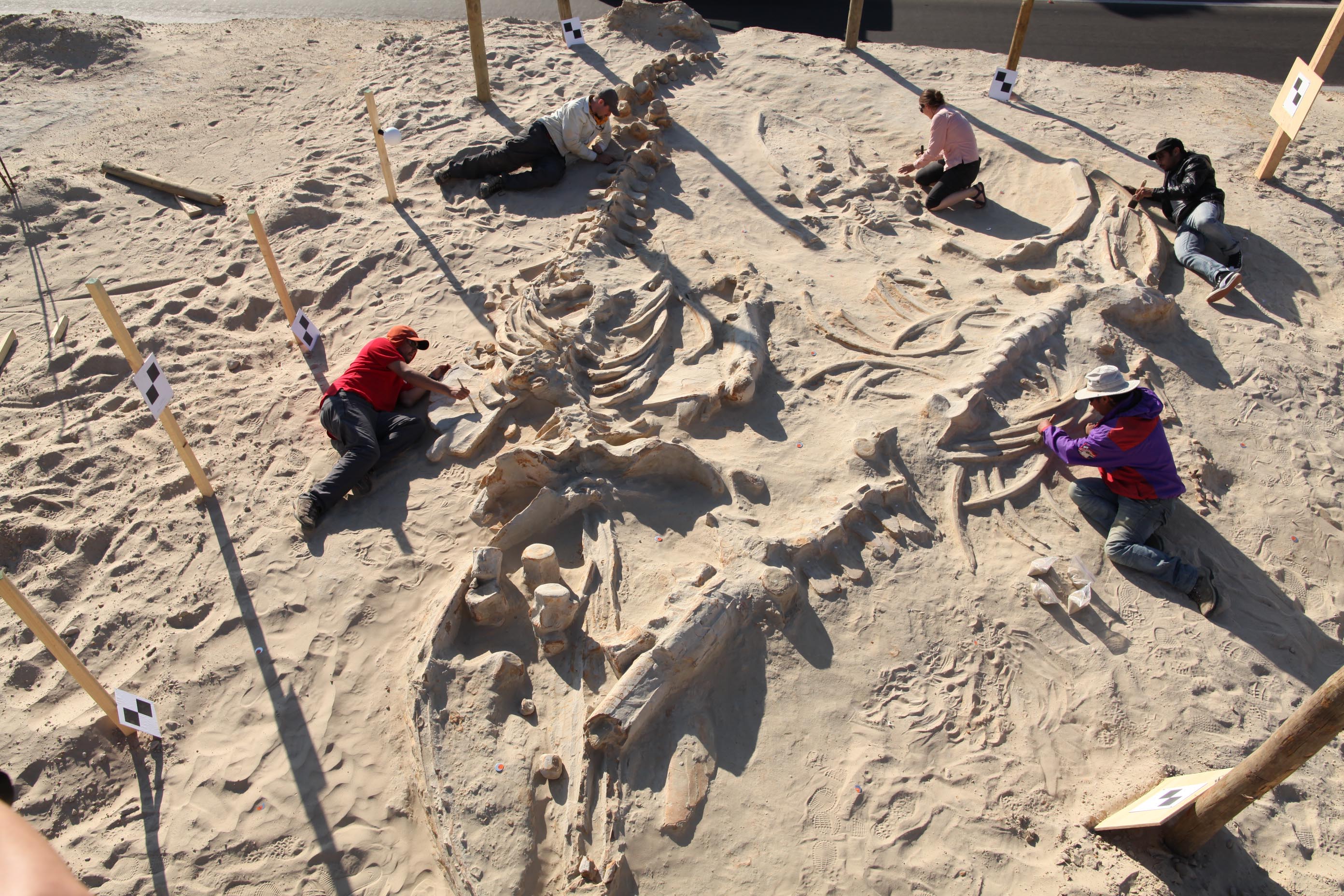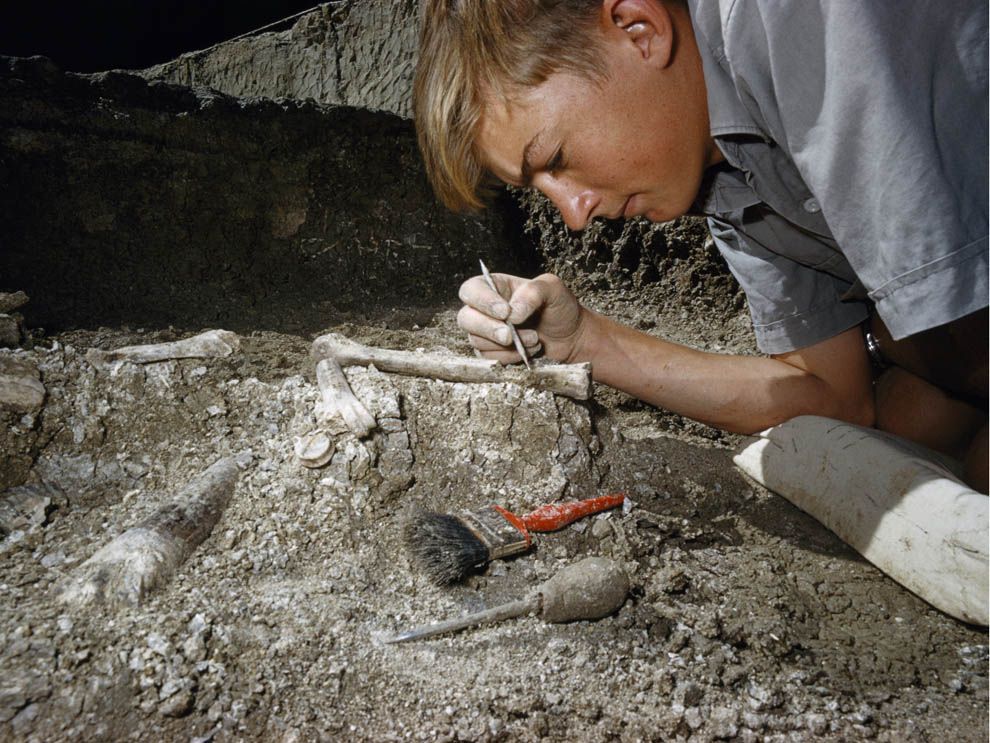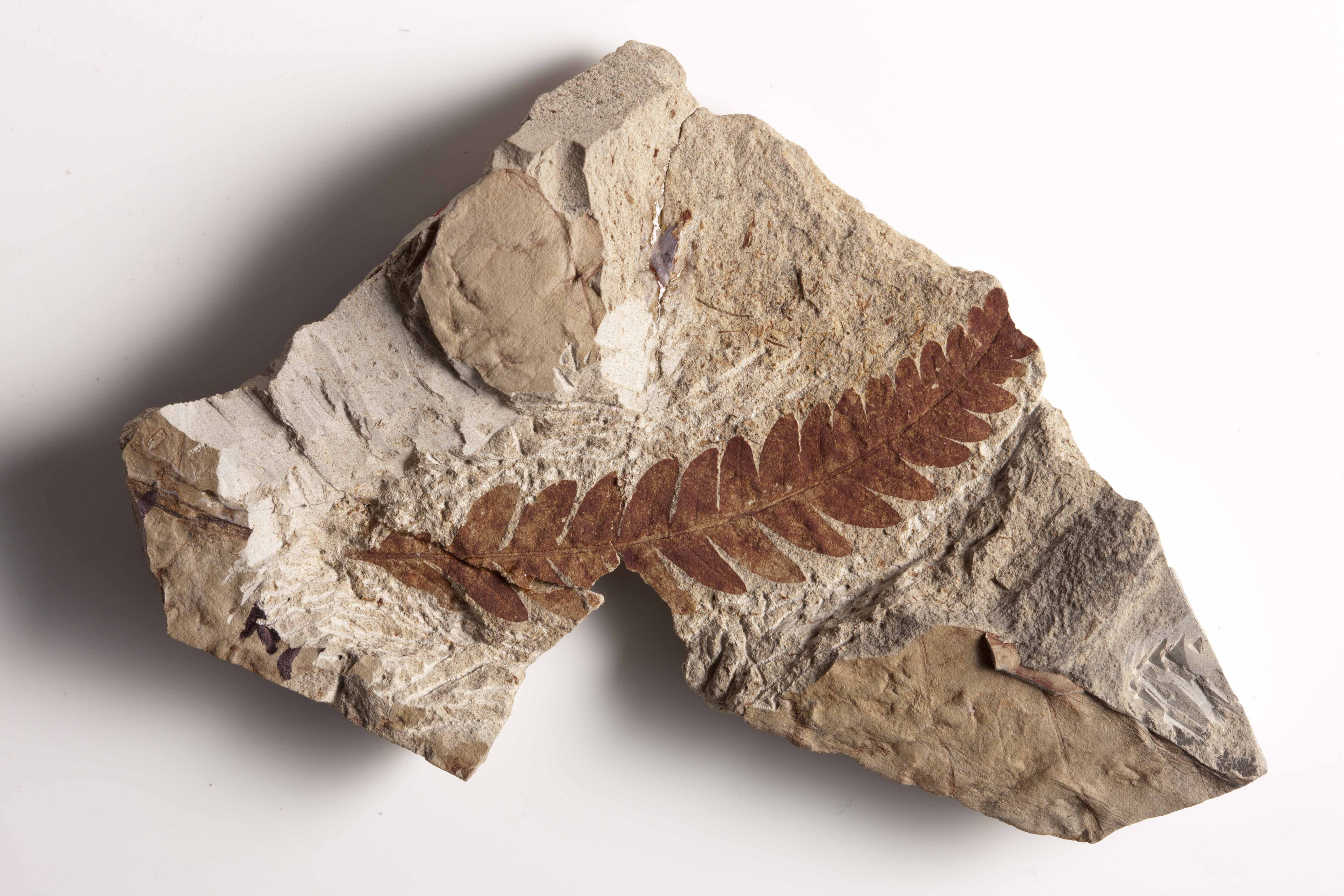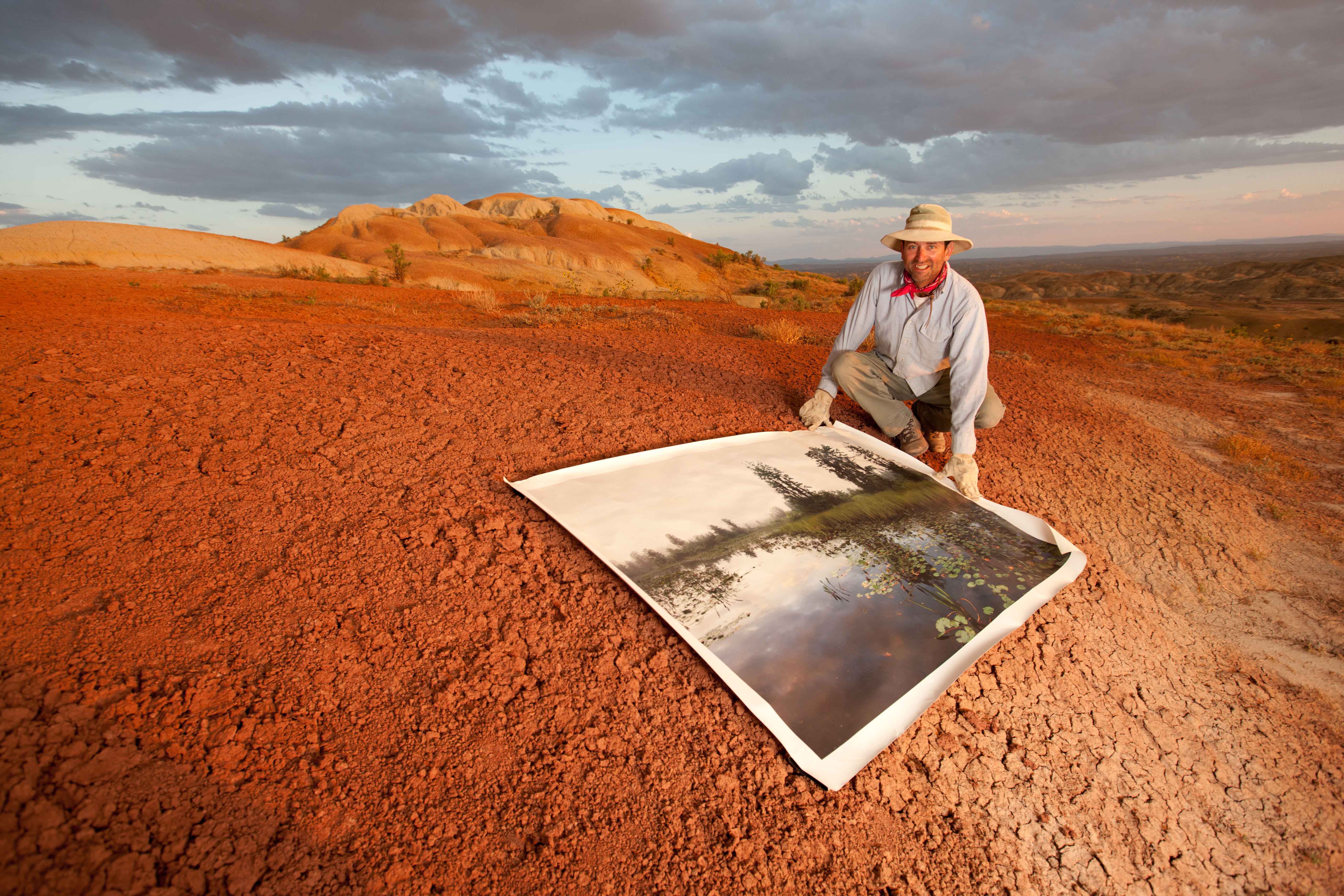Fossils give us information about how animals and plants lived in the past. Fossils help us understand how biodiversity has changed through time.

Smithsonian Insider Fossils Help Scientists Build A Picture Of The Past And Present Smithsonian Insider
One of the best examples of how an understanding of fossils has led to a better understanding of life in both the past and in todays modern world was Georges Cuviers Memoir on the Species of Elephants Both Living and Fossil Rudwick 18.

. Relative dating compares the ages of fossils based on their positions in geologic strata. How do fossils help scientists to understand how life on earth has changed over time. With the rapid pace of new discoveries every year this impressive sample means that even though some early human species are only represented by one or a few fossils others are represented by thousands of fossils.
Fossils are important evidence for evolution because they show that life on earth was once different from the life that is found on earth today. Students will learn that. They show where and when extinct organisms lived show patterns in how body plans have changed over time they provide info about past environments they give clues to how extinct species interacted fossil records show patterns in how species appeared and disappeared.
Once people began to recognise that some fossils looked like living animals and plants they gradually began to understand what they were. First to become fossilised human remains must survive the normal process of decay that returns flesh and bone to dust and. By life conditions I.
Fossils like the one pictured below Figure below can also give clues about past climates. Fossils are our best clues about the history of life on Earth. A fossil discovery is improbability squared.
The study of fossils is extremely important in understanding how life on earth has evolved. Fossils Showing Changes in Life Conditions. Biologists today have access to only a small percentage of life on Earth as a basis for their experiments.
Individual fossils may contain information about an organisms life and environment. Still scientists learn a lot from fossils. A fossil is just the preserved remains of a dead organism from millions of years ago.
Absolute dating cannot beused on all fossils so the two methods combined give a more accurate picture. From skeletons to teeth early human fossils have been found of more than 6000 individuals. As such it provides invaluable evidence for common descent.
Most organisms that lived in the past are now extinct. How Can Paleontologists Help Us Understand The PastPaleontologists use fossil remains to understand different aspects of extinct and living organisms. They may also shed light on whether animals once developed in different ways rather than the regimented ways modern animals grow from embryos into adults.
The fossil record provides snapshots of the past which when assembled illustrate a panorama of evolutionary change over the past 35 billion years. Ninety-five percent of all species that have ever existed in the history of life are extinct Kidwell said. During the time of the Jurassic-aged dinosaurs by interpreting the fossils left behind.
Fossils help us understand how organisms are related. However multicellular organisms did not appear in the fossil record until approximately 650 million years ago. But scientists can compare the workings of ecological communities today to the fossil record.
They realised they were actually the ancestors of. Fossils dont just show differences in climate but can also show changes in life conditions. Animals with hard body parts skeletons did not appear until about 580 million years ago.
Studying oyster fossils can help paleontologists discover. Geologic time is often very difficult to understand. The arrangement of fossils within rock layers and across the world is highly ordered and transitional fossils are abundant.
It is our only actual glimpse into the past where common descent is proposed to have taken place. Nicholas Stenos anatomical drawing of an extant shark left and a fossil shark tooth right. The fossil record has one important unique characteristic.
When you hear talk of evidence for evolution the first thing that frequently comes to mind for most people is fossils. Fossils give clues about major geological events. The picture may be smudged in places and has bits missing but fossil evidence clearly shows that life is very very old and has.
As some of the oldest animals in the fossil records the Burgess fossils may help Tweedt understand more about how ancient animals compare with living ones. Fossils provide a window into the distant past revealing how life has changed across vast periods of Earths history. The oldest unmistakable fossils are about 38 billion years old.
Mon 25 Apr 2011 0300 EDT. Fossils help us understand the evolutionary histories of present-day species. Fossils of ocean animals are found at the top of Mt.
Fossils can help tell what was around and what happened back in time How do scientists know that the first organisms were simple unicellular organisms. Absolute dating tells when fossils were formed based on the presence of radioactive isotopes and their decay rates. Here are just a few examples.
While fossil evidence alone does not prove that all life forms are related by common ancestry the fossil record is consistent.

Smithsonian Insider Fossils Help Scientists Build A Picture Of The Past And Present Smithsonian Insider

Smithsonian Insider Fossils Help Scientists Build A Picture Of The Past And Present Smithsonian Insider
0 Comments